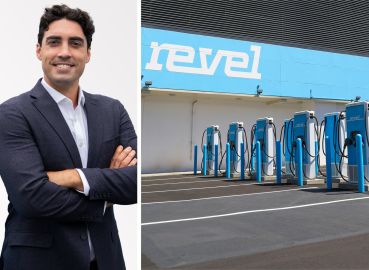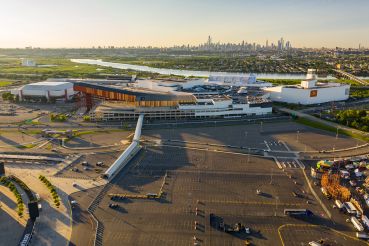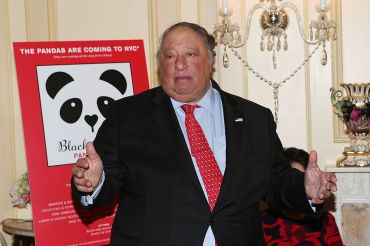
The Commercial Observer:
Tell me how Eataly, Mario Batali’s new food emporium, came to lease space at the former Toy Building at 200 Fifth Avenue? From what I understand, they were originally looking for a significantly smaller space.
Mr. Levinson: They were in the market for a while, looking to develop something in New York along the lines of what their financial partner had developed in Turin and Japan. They had an Italian connection, an operator that was there, and, I guess, somewhere along the line they hooked up with Mario Batali and Joe Bastianich to be the operator.
We had a lot of people looking at that retail space. A lot of them were event operations, because that was there. We had Cipriani 23. There were a lot of catering operations, and all the catering operations came to us and wanted that location, but that’s not really what we wanted. We actually had a vision to animate the space, and we wanted some kind of restaurant. It was really quite amazing how this worked out, because we actually had a vision very similar to what Eataly is. We didn’t think about a market where you could buy the food, but we thought about a multi-restaurant complex where someone would also exploit the roof.
Who else was looking at the space?
There were a couple of big-box retailers who looked at it. There’s some appeal to that on the economic side, but it doesn’t do anything for the building itself. It does something for the bottom line, the cash flow, but some of the great places to go … I mean, think of the Time Warner Center. It creates value upstairs, for the residential there, for the hotel and the office space; and when you have an exciting venue that the tenants can go to eat, it adds a lot, and the roof space will be fantastic. They’re going to put a brewery up there.
How have the negotiations been to bring Tiffany & Co. to the building?
We’re comfortable, and it’s in its final stages of negotiations. When we conceived of this building, we knew it was going to be solely for a tenant thinking about the future, a Gold LEED-certified building, a place where you wanted to go to change culture, where you want to be youthful, dynamic and a forward-thinking culture. We didn’t think we would be competing with the typical glass box in midtown or downtown because there’s plenty of that—small commodity space—but that a tenant would come here because he really wanted an impact on his culture. And, as I understand it, Tiffany also wanted to have a significant impact on that culture.
Were there others competing for that space?
Yes, there was. We were sort of limiting the amount of activity right at the moment because we think the leasing market is getting better, and will do better later on. But they were media and entertainment-type companies. I don’t think there was one tenant that went through that building that it wasn’t their first choice. But we held out. We wanted much higher rent than most every place else.
What kind of rent are we talking about?


